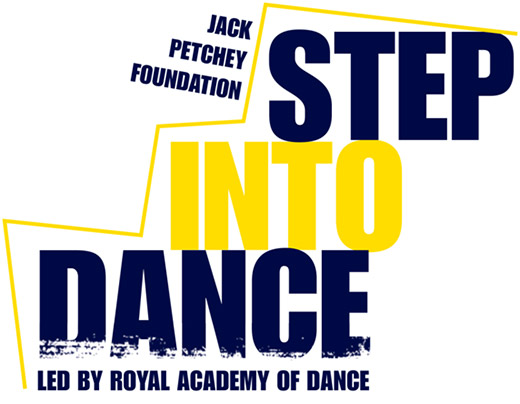 Step into Dance, a partnership between the Jack Petchey Foundation and the Royal Academy of Dance, will be hosting Step LIVE! 2013 on Sunday 14 July, marking the return of the unmissable annual flagship event of Step’s school community dance programme.
Step into Dance, a partnership between the Jack Petchey Foundation and the Royal Academy of Dance, will be hosting Step LIVE! 2013 on Sunday 14 July, marking the return of the unmissable annual flagship event of Step’s school community dance programme.
Step LIVE! 2013 will transform the foyer of Sadler’s Wells into a hive of activity from 4.30pm, with free events with something for everybody to enjoy including dance battles, pop up dances, videos and films. Whether you are a budding breaker or a popping pro, the afternoon looks set to be bursting with energy and phenomenal dancing. The show on the main stage will follow at 6.30pm, with over 400 talented young dancers from schools in 32 London Boroughs and Essex coming together to celebrate their love of dance in this diverse and inclusive evening.
Step into Dance is the biggest ongoing inclusive dance initiative in London and Essex, with 200 participating State Secondary Schools. With Step LIVE! as Step’s annual flagship celebration of youth dance just one of the many events and workshops Step initiates, it is a celebration of all the Step into Dance team do for young dancers across the capital,
Tickets: £8 (some with restricted view) £10, or £15 with 20% discount for groups (8 or more) in the stalls, making the event perfect for schools who are interested in taking part in the Step into Dance scheme.
School groups of 5+ can book tickets in the second circle for £8 per person. For this offer, please book over the phone or in person (not online). For school groups of over 10 students you will receive one free ticket for the accompanying staff member.



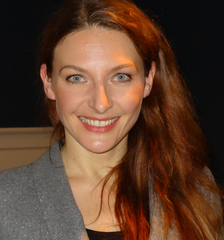 The beautiful Willemijn Verkaik is set to will join the cast of Wicked the musical in London this year, bringing her esteemed performance as Elphaba to West End audiences following more than 1,000 appearances as the witch in productions all over the world. The Dutch musical theatre star has played the role in productions of the hit show in Holland, Germany and on Broadway, making her the only actress to have ever performed the role in more than one language. Wicked, and musical theatre in general, looks set to take over the world!
The beautiful Willemijn Verkaik is set to will join the cast of Wicked the musical in London this year, bringing her esteemed performance as Elphaba to West End audiences following more than 1,000 appearances as the witch in productions all over the world. The Dutch musical theatre star has played the role in productions of the hit show in Holland, Germany and on Broadway, making her the only actress to have ever performed the role in more than one language. Wicked, and musical theatre in general, looks set to take over the world! The Broadway musical Newsies is said to be hitting the capital’s West End with leaps, kicks and turns in the spring of 2014. As a result of this exciting transfer, the hit show, by Harvey Fierstein, will be scouting for UK dance talent to fill the dancing shoes of the production’s esteemed Broadway dancers.
The Broadway musical Newsies is said to be hitting the capital’s West End with leaps, kicks and turns in the spring of 2014. As a result of this exciting transfer, the hit show, by Harvey Fierstein, will be scouting for UK dance talent to fill the dancing shoes of the production’s esteemed Broadway dancers.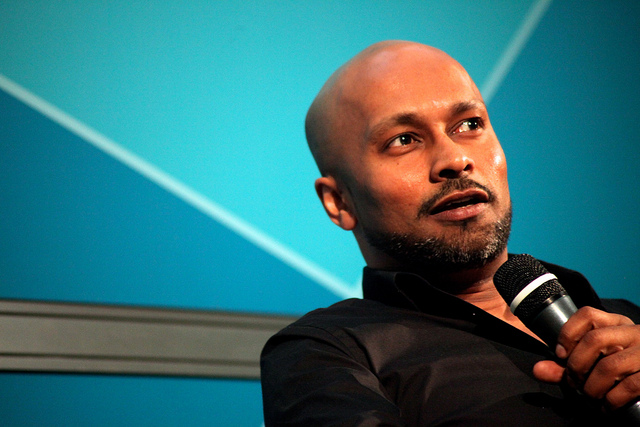
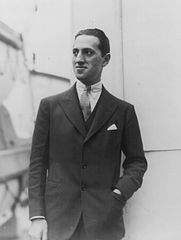 Some of today’s most renowned musical theatre artists will be paying tribute to the music of George Gershwin by performing at a concert in September. Michael Ball, Kerry Ellis and Gina Beck, amongst many others, are set to celebrate his music through Summertime – An Evening of Gershwin which will be part of the Live by the Lake season at Kenwood House, north London, later in the year.
Some of today’s most renowned musical theatre artists will be paying tribute to the music of George Gershwin by performing at a concert in September. Michael Ball, Kerry Ellis and Gina Beck, amongst many others, are set to celebrate his music through Summertime – An Evening of Gershwin which will be part of the Live by the Lake season at Kenwood House, north London, later in the year. One of the world’s most prestigious ballet competitions, the Prix Benois de la Danse is awarded at the Bolshoi Theatre in Moscow, Russia every year in order to give credit to the best of dance talents in the world for their achievements over the past year, such as best choreographer, as well as the best male and female dancer.
One of the world’s most prestigious ballet competitions, the Prix Benois de la Danse is awarded at the Bolshoi Theatre in Moscow, Russia every year in order to give credit to the best of dance talents in the world for their achievements over the past year, such as best choreographer, as well as the best male and female dancer.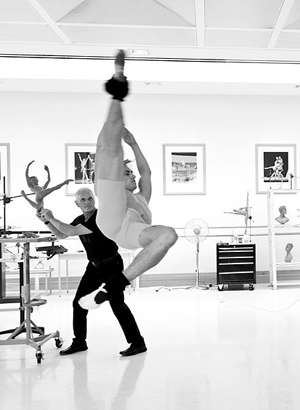 Sergei Polunin, the notorious “bad boy” of the ballet world, is set to appear in The Moscow Stanislavsky Ballet’s production of Roland Petit’s Coppelia at the London Coliseum in July this year for just six performances.
Sergei Polunin, the notorious “bad boy” of the ballet world, is set to appear in The Moscow Stanislavsky Ballet’s production of Roland Petit’s Coppelia at the London Coliseum in July this year for just six performances.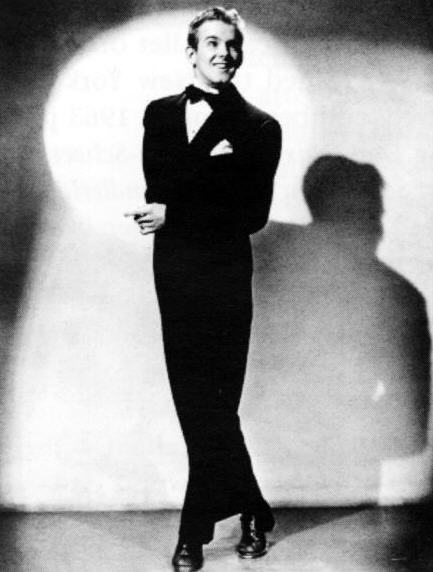 June 23 will mark the anniversary of dance legend Bob Fosse’s birth in 1927, almost 90 years since. Fosse was an American actor, dancer, musical theatre choreographer, director, screenwriter, film editor and film director, with some of his dance work including The Pajama Game (1954), Damn Yankees (1955), How To Succeed In Business Without Really Trying (1961), Sweet Charity (1966), Pippin (1972), Cabaret (1972) and Chicago (1975). He won eight Tony Awards for choreography and one for direction.
June 23 will mark the anniversary of dance legend Bob Fosse’s birth in 1927, almost 90 years since. Fosse was an American actor, dancer, musical theatre choreographer, director, screenwriter, film editor and film director, with some of his dance work including The Pajama Game (1954), Damn Yankees (1955), How To Succeed In Business Without Really Trying (1961), Sweet Charity (1966), Pippin (1972), Cabaret (1972) and Chicago (1975). He won eight Tony Awards for choreography and one for direction.